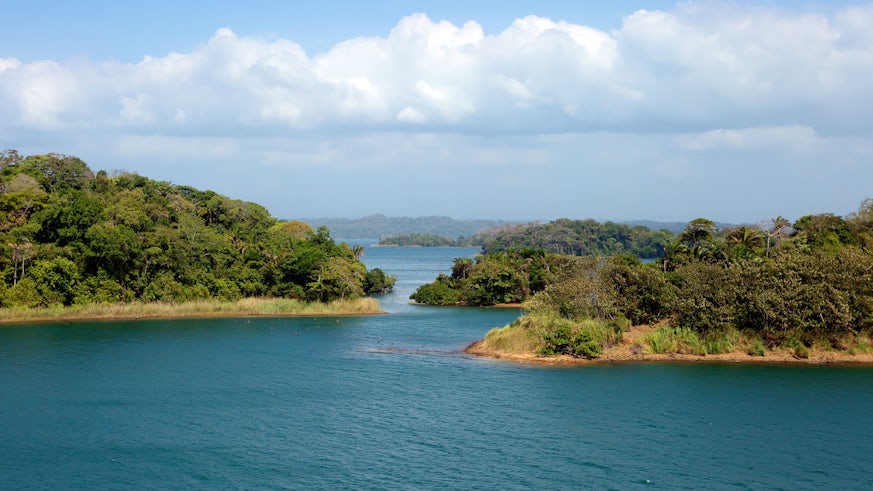Volcanic growth ‘critical’ to the formation of Panama
7 February 2019

It is a thin strip of land whose creation kick-started one of the most significant geological events in the past 60 million years.
Yet for scientists the exact process by which the Isthmus of Panama came into being still remains largely contentious.
In a new study published today in the journal Scientific Reports, scientists from Cardiff University have proposed that the Isthmus was born not solely from tectonic process, but could have also largely benefited from the growth of volcanoes.
The Isthmus of Panama is a narrow piece of land that lies between the Caribbean Sea and the Pacific Ocean and links North and South America. It is believed to have fully formed around 2.8m years ago, yet scientists are still unsure about the processes and timescales that led up to this.
Up until now researchers have favoured a model in that the Isthmus of Panama was created through the collision of two of Earth’s tectonic plates -- the South American Plate and the Caribbean Plate -- which pushed underwater volcanoes up from the sea floor and eventually forced some areas above sea level.
However, new geochemical and geochronological data taken from the Panama Canal and field investigation of old volcanoes in this area have provided evidence that there was significant volcanic activity taking place during a critical phase of the emergence of the Isthmus of Panama around 25 million years ago.
The growth of volcanoes in the Panama Canal area is thought to have been particularly significant for the formation of the Isthmus because the Canal was constructed in a shallow area of Panama, which is believed to have remained underwater for the major part of the geological history of the region.
This suggests that the formation of the volcanoes along the Canal could have played an important role in the rise of the Isthmus above sea level.
Scientists are keen to discover exactly how the Isthmus of Panama formed given its significant role in shaping both weather patterns and biodiversity across the world.
Before a landmass existed between North and South America, water had moved freely between the Atlantic and Pacific oceans, but this changed when Panama formed, forcing warm Caribbean waters northwards to form what we now know as the Gulf Stream, thus creating much warmer climates in north-western Europe.
The formation of the Isthmus of Panama also played a major role in Earth’s biodiversity, making it easier for animals and plants to migrate between the continents. In North America, the opossum, armadillo and porcupine all trace back to ancestors that came across the land bridge from South America. Likewise, the ancestors of bears, cats, dogs, horses, llamas, and raccoons all made the trek south across the Isthmus of Panama.
Lead author of the study Dr David Buchs, from Cardiff University’s School of Earth and Environmental Sciences, said: “The formation of the Isthmus of Panama is without doubt one of the most significant geological events to have happened on Earth, particularly because of its role in shaping large scale weather patterns, creating the Arctic ice cap and triggering widespread biodiversity across continents.
“We’ve provided evidence to show that volcanic activity was critical to the formation of the Isthmus of Panama and responsible for many of the geological features that we see around the region to this day.”
The study benefited from collaboration between Cardiff University and the Panama Canal Authority, with additional support from a grant from the National Geographic Society.




